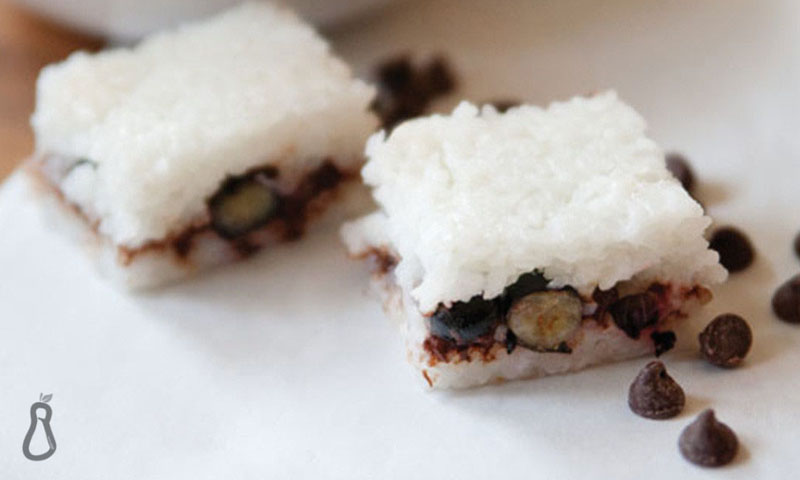When it’s time to get out and climb, it’s easy to get psyched about your projects and lose sight of proper nutrition. Climbing is a sport that requires both incredible strength and endurance, so it’s important to fuel your body with the nutrients that it needs to succeed.
On climbing days where you plan to spend a few hours climbing, your body will rely primarily on carbohydrates. Fat and protein are great on rest days, but they will slow down your body’s ability to use carbohydrates for energy on climbing days. Pack snacks that are rich in carbohydrates, low in fat, and low in protein. In addition to snacks, remember to stay hydrated with plenty of water and electrolytes. See below for a list of 5 foods to bring to the crag.
1. Raisins
Raisins contain carbohydrates that can help fuel endurance. A study published in the Journal of the International Society of Sports Nutrition in 2012 found that raisins were equally effective as sports gels/chews in improving performance in endurance runners.
2. Salted Banana Chips
Bananas are well known for their potassium content, but they are also one of the sweetest fruits on earth. If you prefer fresh bananas, then bring those. If you’re tired of your bananas bruising in your pack, try buying or making your own salted banana chips. These will provide plenty of carbohydrates for your body, as well as sodium and potassium to replenish your electrolytes.
3. The Rice Cakes from Feed Zone Portables
If eating fruit all day doesn’t appeal to you, try making the homemade rice cakes from Chef Biju at Skratch Labs. All you need is some rice, canned coconut milk, some fruit, and optional ingredients like shredded coconut and chocolate chips. You start by making sticky rice, mixing it with coconut milk, covering it with some fruit, and topping it off with another layer of cooked rice. Wrap these babies up in some paper foil, and you’ve got a homemade energy bar for you and all of your friends.
4. Energy Bars (PROBAR, ClifBar, Bearded Brothers, Stinger Waffles, etc)
Don’t have time to make your own energy bars? That’s all right. You can still find good quality energy bars on the market if you know what to look for. Bars have become increasingly popular, and there are now bars to eat before you workout, while you workout, and after you workout. Make sure you’re buying the right one for you.
Bearded Brothers Bars, Honey Stinger Waffles, Larabars, and PROBAR Meal Bars tend to have less protein (< 10 grams) and are best for in between burns. The bars with lots of protein (>15 grams), like Clif Builder’s Bars and PROBAR Core Bars, are most effective if you eat them at the end of your workout. This won’t help with current performance, but it will help your muscles recover as they prepare for future sends.
5. Protein Powder (whey or plant protein)
If you’re headed out to the crag, it’s a good idea to bring a source of protein to enjoy at some point during the day. If you haven’t had a good source of protein all day, then consuming at least 20 grams of protein after your last climb of the day will help your muscles recover from exercise.
The sooner you can replenish your body with protein, the better, so try to eat a source of protein within 20-30 minutes after exercise, or regularly throughout the day. Protein can be found in nuts and nut butters, beef jerky, quinoa, protein powders and protein bars. Liquids absorb more quickly than solid foods, so if you’re crunched for time, you can opt for a protein shake.
Conclusion
Everyone has different needs and preferences when it comes to nutrition. Try out a few different options, and see which ones work best for you.

